The Impact of Roof Color on Energy Efficiency: Debunking Myths
Roof Color and Energy Efficiency: Myths Debunked
When it comes to roofing, many homeowners believe that roof color significantly impacts a home's energy efficiency. But is this really true? In this article, we'll explore the facts and debunk some common myths surrounding roof color and energy efficiency.
Myth 1: Darker Roofs Make Your Home Hotter
The Truth:
It's a common belief that darker roofs absorb more heat, leading to a hotter home, while lighter roofs reflect heat, keeping the home cooler. While it's true that dark colors absorb more heat, the difference this makes inside your home isn't as significant as you might think. Modern roofing materials often come with reflective coatings that mitigate heat absorption, regardless of color.
Myth 2: A Light-Colored Roof Will Always Save You Money on Energy Bills
The Truth:
While a light-colored roof can reflect more sunlight and reduce cooling costs, this benefit is more pronounced in warmer climates. In colder regions, a darker roof might actually help reduce heating costs by absorbing more heat from the sun. The key is to choose the right roofing material with appropriate insulation for your specific climate.
Myth 3: Changing Roof Color is the Best Way to Improve Energy Efficiency
The Truth:
Improving your home's energy efficiency involves much more than just changing the color of your roof. Factors such as insulation, ventilation, and the type of roofing material play a far more significant role. For instance, proper insulation in your attic can prevent heat from escaping in the winter and keep your home cooler in the summer, regardless of roof color.
Myth 4: Energy-Efficient Roofing is All About Color
The Truth:
The energy efficiency of your roof is influenced by a variety of factors, including the material, insulation, and ventilation. For example, metal roofs with reflective coatings can be energy-efficient regardless of color. Additionally, proper attic ventilation helps regulate temperature, reducing the overall impact of roof color on energy use.
How to Choose the Right Roof Color
When selecting a roof color, consider your local climate, the amount of direct sunlight your home receives, and your overall energy goals. At Riley Roofing, we help homeowners make informed decisions by offering a range of energy-efficient roofing materials and professional advice tailored to your needs.
The Role of Roofing Materials in Energy Efficiency
Beyond color, the material of your roof plays a crucial role in energy efficiency. Options like cool roofing materials, which are designed to reflect more sunlight and absorb less heat, can significantly lower your energy bills. These materials are available in various colors, so you don't have to compromise on style for efficiency.
By debunking these common myths, it's clear that while roof color can have some impact on energy efficiency, it's just one piece of the puzzle. To truly optimize your home's energy performance, consider all factors, including materials, insulation, and ventilation. For personalized advice and professional roofing services, Riley Roofing is here to help.


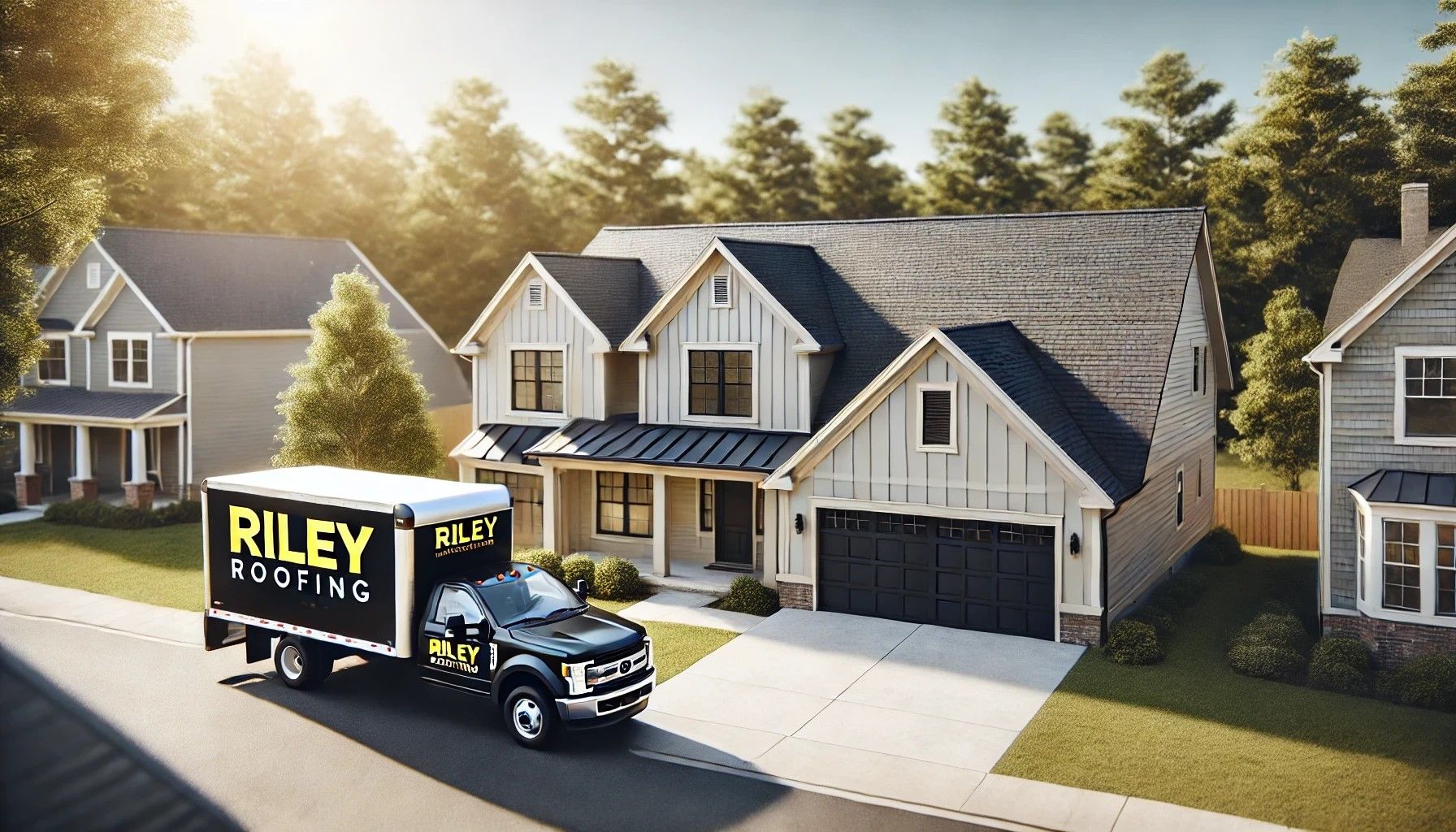
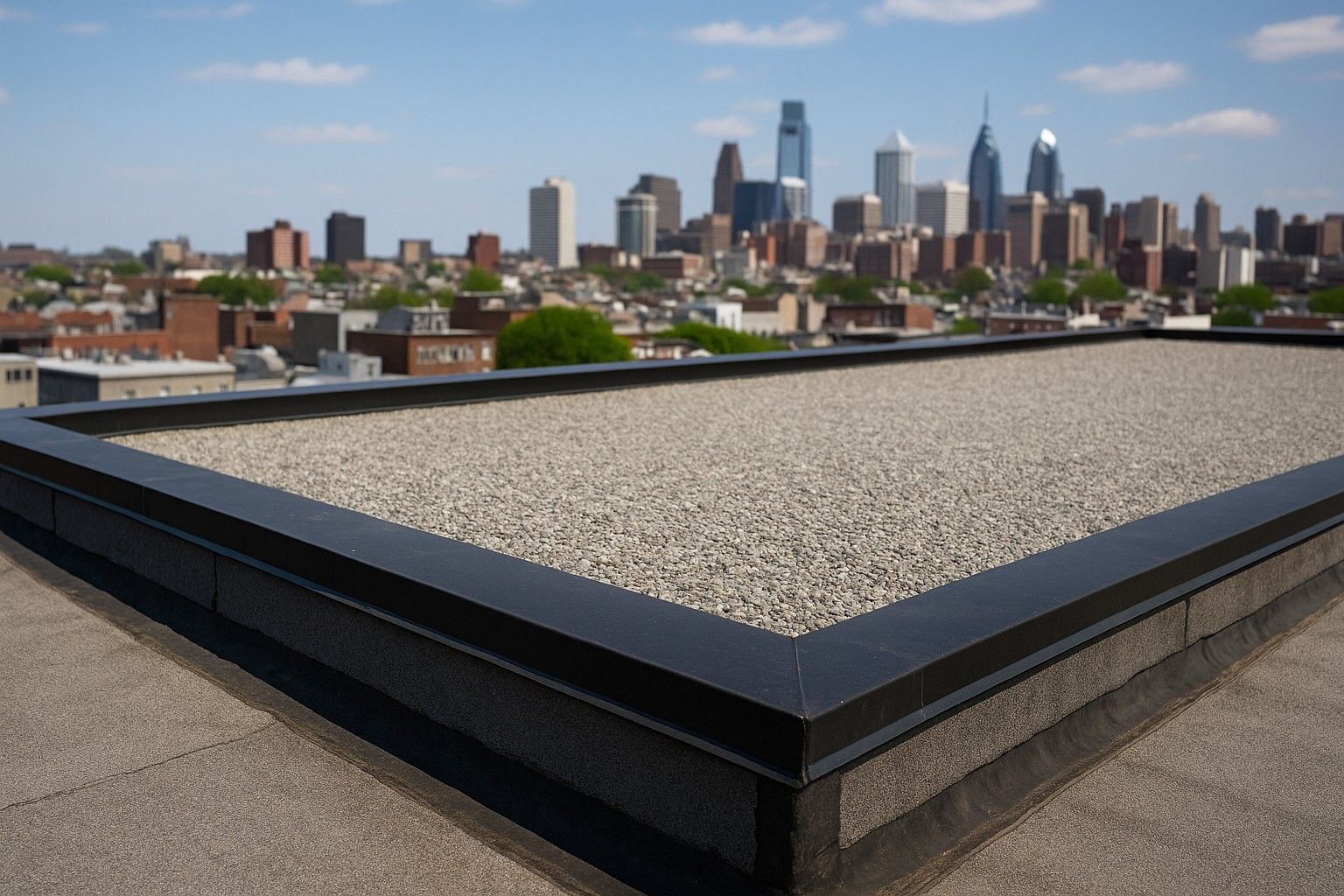
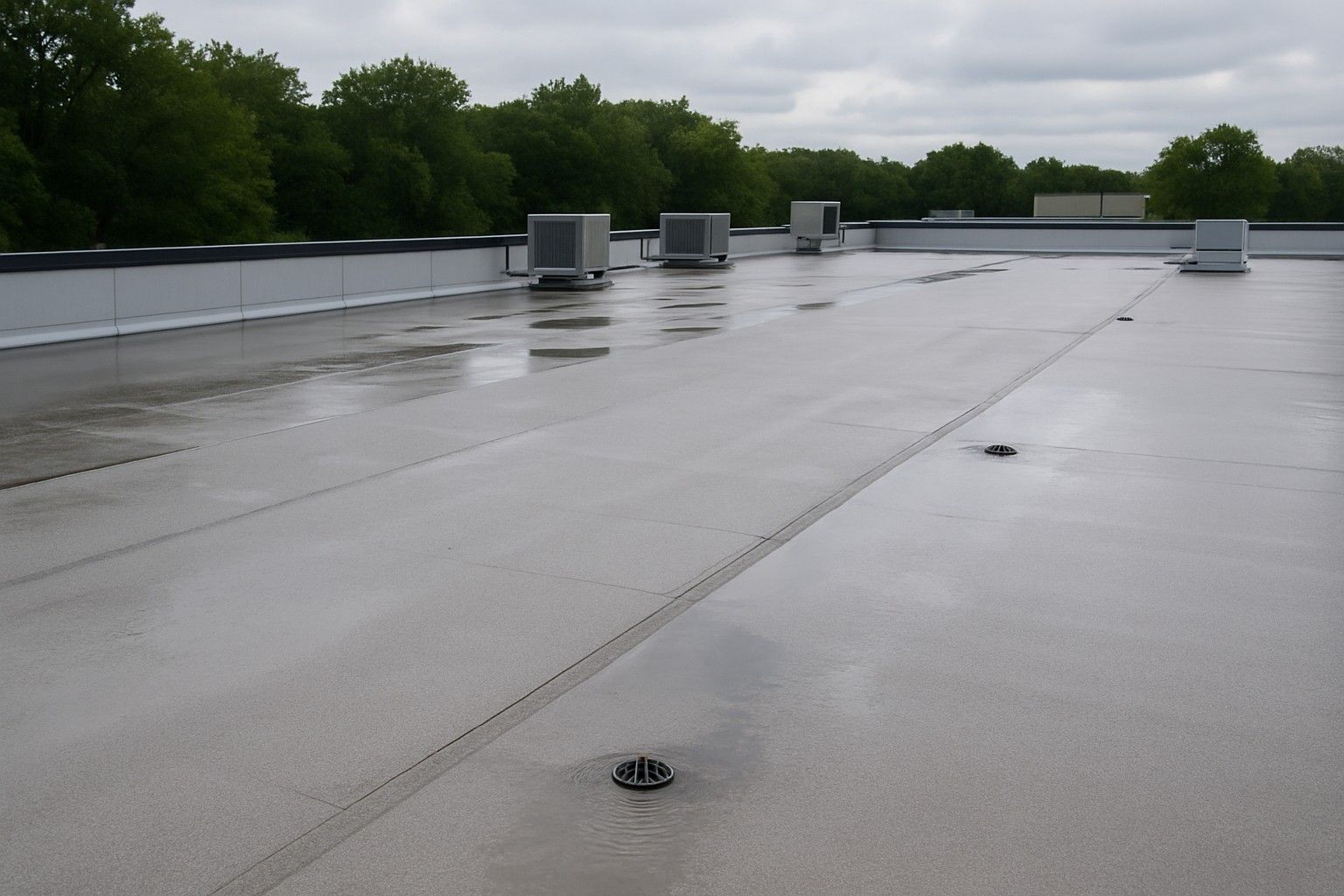
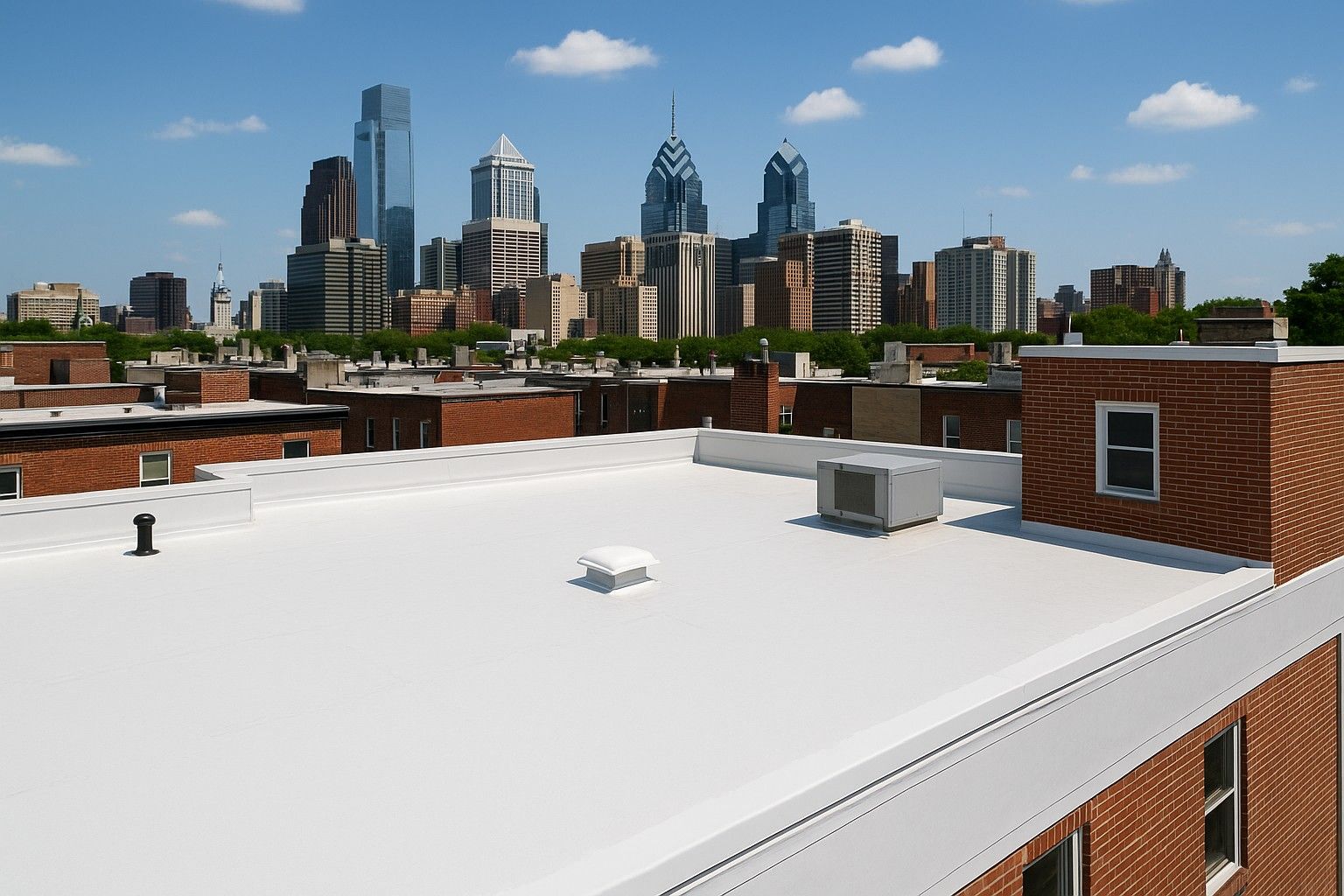
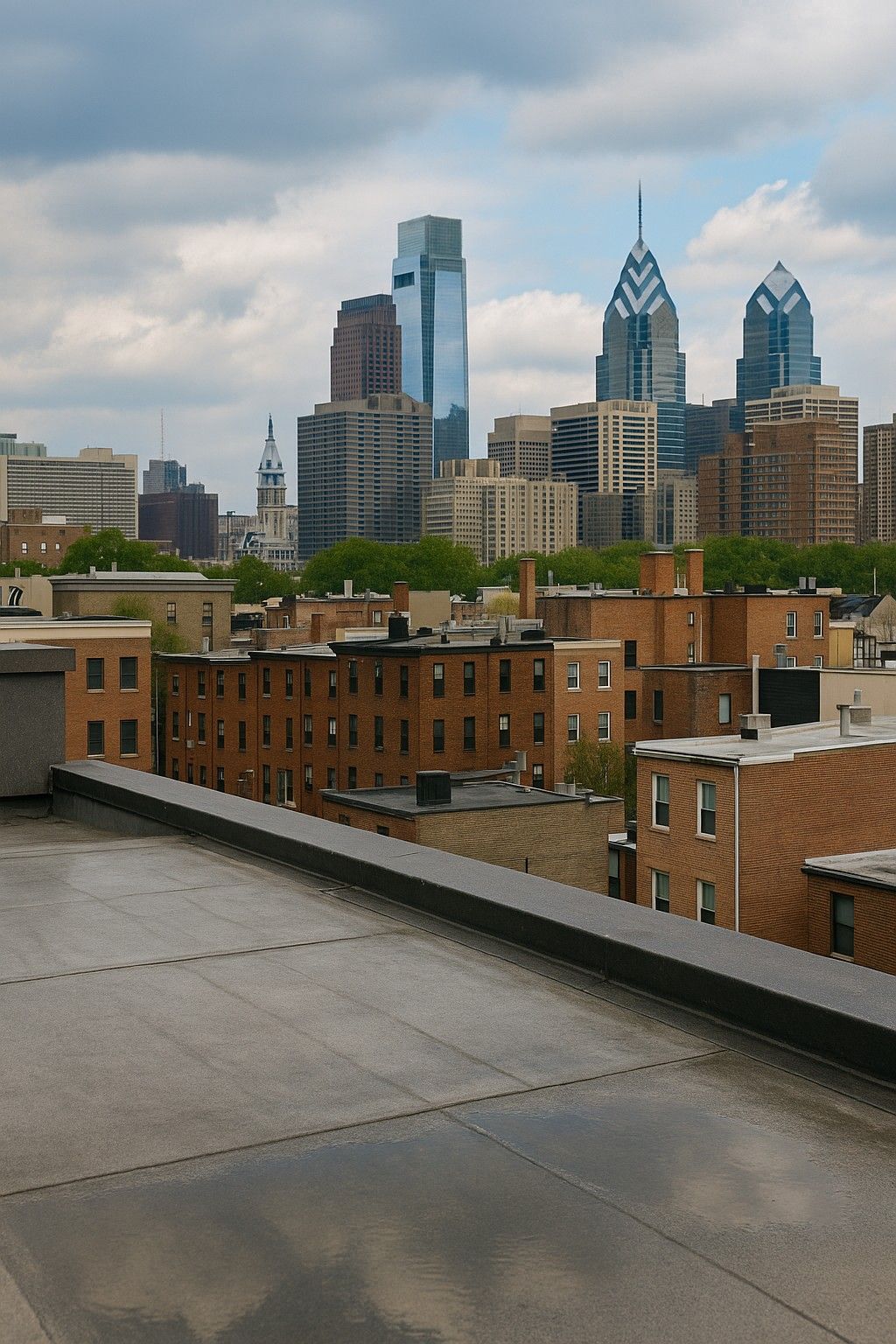

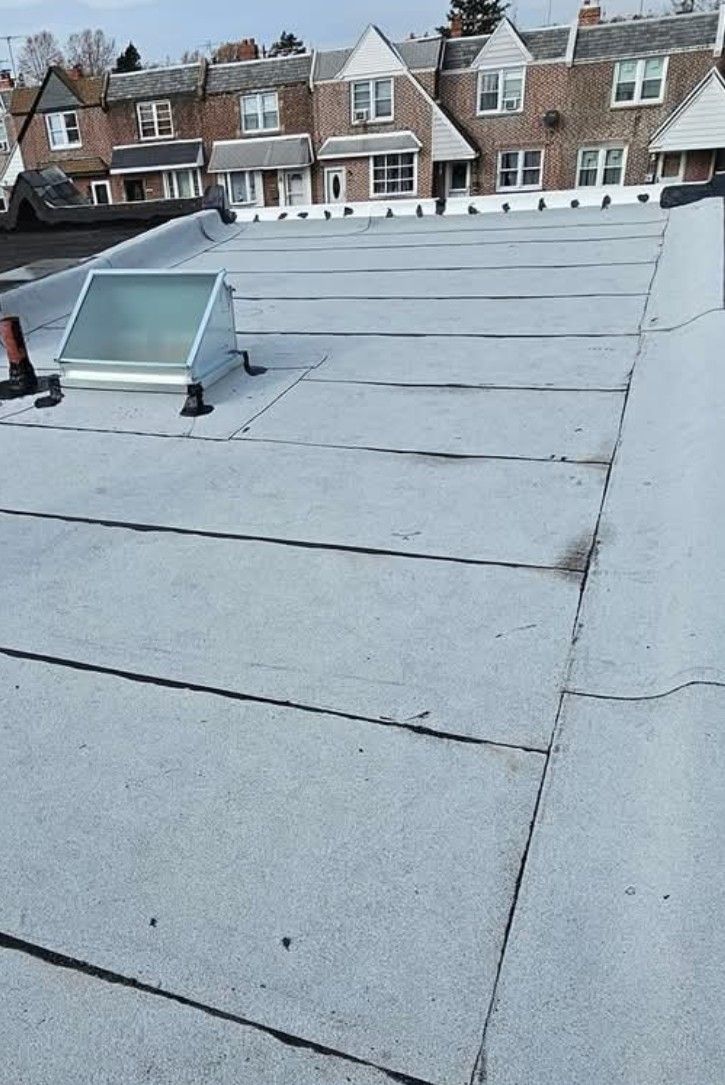

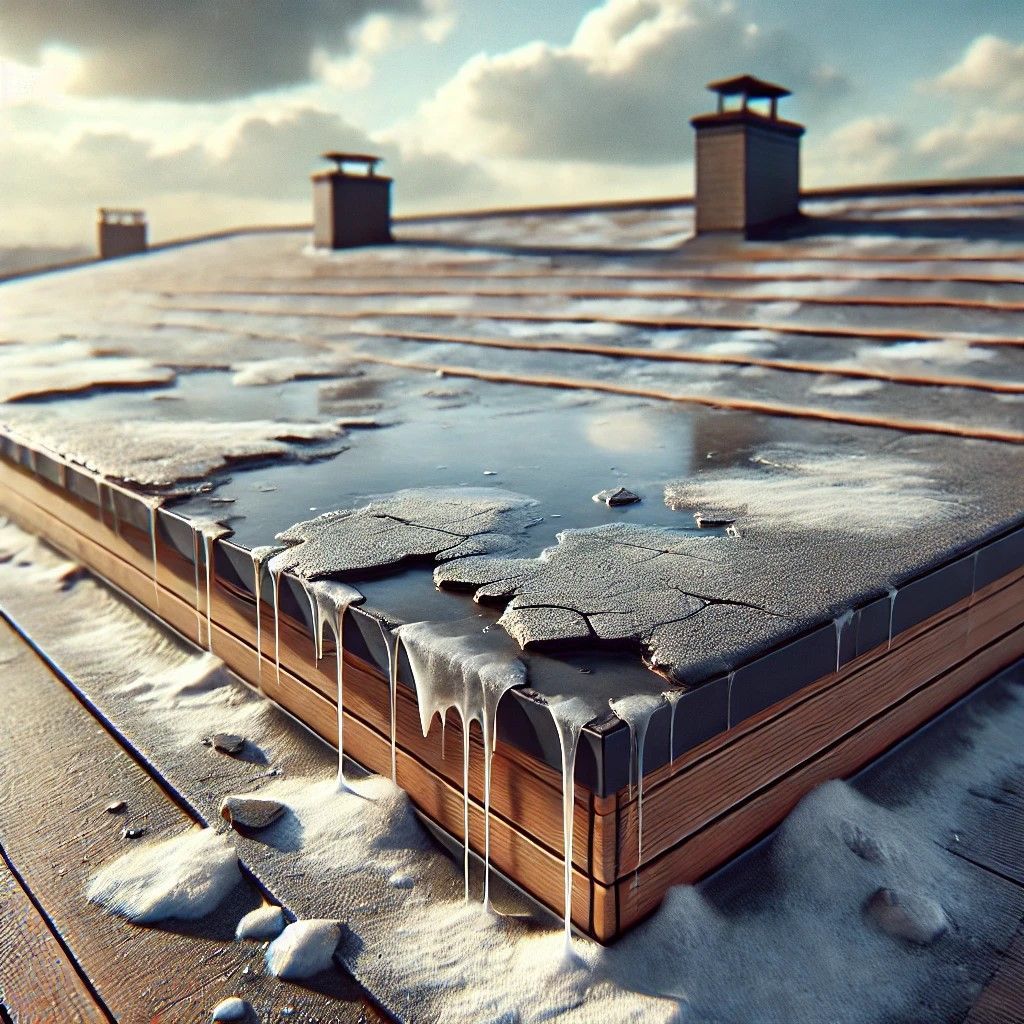
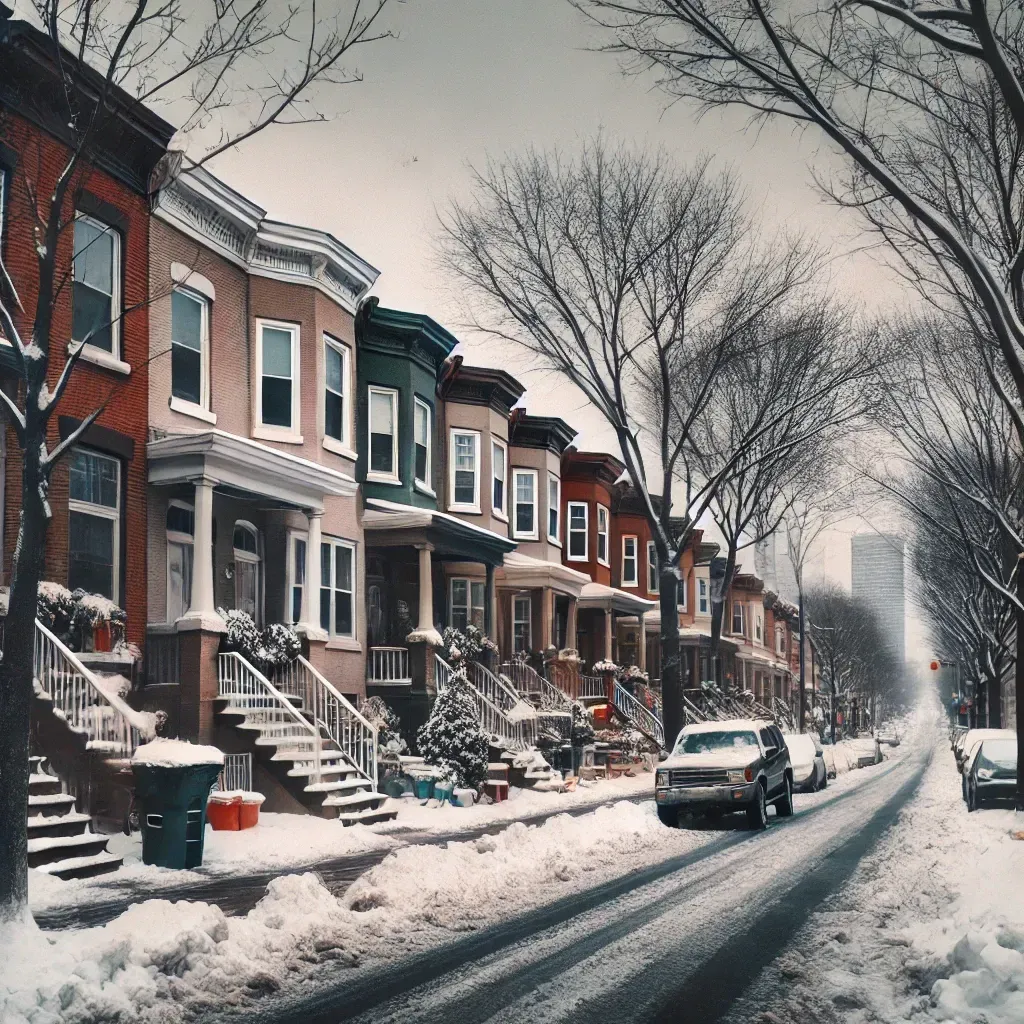

Share On: